View the programme below, or download a registration form.
|
This is shaping up to be a great astronomical, geological, musical and social event, so put it in your diary now. The programme includes lectures, workshops, field trips, children’s programmes, movies, food, wine, live music and, of course, viewing the night sky through a variety of telescopes brought along by participants.
View the programme below, or download a registration form.
1 Comment
The Almanac is both a Solar and a Lunar calendar. However, it is much more than an ordinary calendar. Each monthly grid includes the phases of the Moon, the rise and set times of the Sun and Moon, planetary phenomena, meteor activity, solstices and equinoxes, public and school holidays, religious festivals, historical astronomical events, a Maori calendar and ancient star lore pertaining to each month.
The Almanac contains 34 spectacular full colour images of celestial objects. This 1918 Almanac, month by month, takes you on a journey through the Solar System. We travel from the Sun to the distant realm of the comets – the Kuiper Belt. In addition there are 10 full colour star charts, a chart of the Moon, and a chart showing the rise and set times of the Sun and planets. An information page explains how to use the Almanac and charts. The retail price of the Almanac is $24. For Phoenix Society members it is just $18 so order yours today. Special thanks to Richard Hall, Charlotte Hird and Kay Leather for making it all happen. By David Famularo, Wairarapa Times-Age
A sense of awe and wonderment informs any conversation Richard Hall has about stars, ancient knowledge, and well, just about anything to do with space. Originally from Middlesex in England, his home today is a hill top east of Carterton with 360 degree views of the night sky where Richard lives with wife Kay. Next door is Stonehenge Aotearoa, opened to the public in 2005 and attracting visitors from all around the world. A full-scale working adaptation of the original Stonehenge, it allows visitors to learn about and experience the wonders of stone circles of the past. But Richard is now looking to the future - with exciting plans for a sophisticated astronomy centre that will feature a telescope with a 40 inch diameter lens making it the largest and most powerful telescope available for public use in New Zealand. “It will be built to look at deep space objects such as nebulae and galaxies,” says Richard. “But if you trained it on the moon you would see terraces on the walls and cracks on the floor of craters, and if you pointed it towards Saturn you would see spectacular views of its magnificent rings and moons.” There are also plans for a solar observatory so visitors will be able to see the Sun safely in real time on a large flat screen, and hear it via a radio telescope. There will be a planetarium so visitors can see the wonders of the universe rain or shine. Not to mention club rooms, a classroom and display area. Richard is the very definition of the enthusiastic amateur with a capital E. Now retired, he was originally an electrical engineer whose last big job was upgrading the high voltage link between North and South islands. But Richard was also pursuing his life-long interest in astronomy, giving lectures and making planetarium shows at the Carter Observatory, and bringing students over to the Wairarapa to observe its clear night skies. In the mid-1980s Richard bought 25 acres of land and put four acres aside for use by the Phoenix Astronomical Society, leading to the construction of Stonehenge Aotearoa by volunteers. Richard got his first tastes of space when he was a child. “Mum would take me and my and sister on the tram to the big museums in London. That stimulated my interest in a bigger universe out there.” There was also another more traumatic experience. “Mum took me to see the film Invaders From Mars when I was eight. I’ve seen it since and it is quite corny but it terrified me and my sister and we hid behind our seats. “On the train home I thought ‘there must be other places like Mars and our world in space’ and that’s what started things. “I can see what drove explorers to ask questions about the great unknown. And of course, the great unknown now is amongst the stars.” Richard shares both his knowledge and his enthusiasm with visitors to Stonehenge, with public and private guided tours. A font of knowledge on both astronomy and ancient astrology, the thing that most surprises visitors, Richard says, is that their star sign is not actually the star sign they think it is, thanks to some Middle Age meddling by the Catholic Church. It’s a long story - and definitely one best heard from Richard himself on one of his guided tours. Stonehenge Aotearoa is open Wednesday to Sunday with guided tours on weekends and public holidays or by appointment and self-directed tours during the week. From Christmas guided tours are held every day. Following our Tales of the Spring Equinox presentation visitors were treated to a colourful ritual accompanied by drumming and singing. Special thanks to Marie and her Healing Hearts.
The front pourch area for the shed has been filled with metal after work by Andrew Larkin, Richard Hall and Paul Curry.
Kay has also been very busy working over a number of days on her own to complete other needed landscaping projects around the observatory and planned Matariki Observatory. Some links from Louise Thomas' talk
http://louise-thomas.blogspot.co.nz/2015/09/unpacking-universe.html http://louise-thomas.blogspot.co.nz/2015/09/shoot-for-moon.html Over the last week or two a trio of workers have beavered away on assembling the new Phoenix storage shed. This has proven to be an interesting exercise given the weather worn state of some of the components and the short-comings of the plans. However progress has been made all-be-it slow.
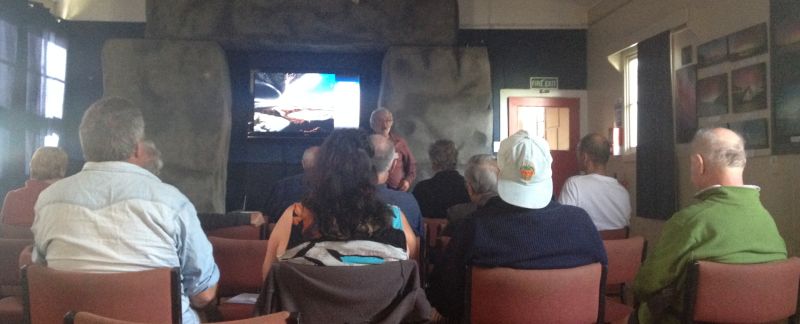 During the weekend of 13th to 15th of May, just under 40 people enjoyed a comprehensive tour of the solar system. While the skies had been stunning for weeks prior to the event, unfortunately wind and clouds prevented the use of telescopes over this time. Never-the-less the excellent presentations, personal learning, social connections and in-depth discussions created an enthusiastic buzz that participants will long remember. Friday evening saw presentations covering all aspects of the solar system from the oldest Greek astronomers, to the latest discoveries and the many different types of worlds and objects it encompasses. A sturdy group of long-lasters stayed for a late night sci-fi fix when observing had to be cancelled. Into the weekend proper, Saturday morning started early with the kid’s astronomy lead by George. The number of kids was easily matched or exceeded by the number of much older individuals. Saturday was very busy with talks on solar storms and their enormous impact on our planet and issues with global conservation. A voyage to the Ice Giants was then presented including the current hunt for the elusive ninth planet, far out in the distant reaches of the solar system. Ian Cooper again amazed participants with his knowledge of the oppositions of Mars over the years and Richard followed this up with an in-depth examination of Mars from the past to the present. Delving into ancient cultures and records, Louise Thomas explained the development of many of our modern units of time and the division of the year into months, weeks and days. Why is the week 7 days rather than 6, why not a five-day week? Saturday's presentations were rounded out by Kay's exposition, delving into the wonderful jewel that is Saturn. We were treated to the latest theories about the rings, a look at the moons and an examination of the planet itself. For most people the evening then ended with a laser tour of the night sky lead by Ian. The laser danced around the clouds and at times we could not help but be impressed when he told us that a certain star or constellation, was right up there just behind that cloud. Finally, a few intrepid stalwarts hunkered down to enjoy historical sci-fi with a viewing of "The Thing." The next day rolled along and there we were, Sunday already. An exciting section of the programme still to go. Ian began proceedings with an in-depth look at comets. He looked at their origins, features, and some of the historical drawings and photos explaining how people reacted to these portents in the sky. The final day continued with the exploration of the dwarf planets, focussing mainly on Ceres and Pluto. Edwin amazed the audience with photographs and explanations of the most recent visits to these tiny worlds. The final fate of our own star was expertly covered by Dr Dennis Sullivan in his explanations of White Dwarfs and some of the related bizarre objects out in the stellar garden of our galaxy. Once again Richard moved to the presenter’s podium and delivered a treatise on Jupiter, explaining how it is more like the sun than just another planet. We looked at the "sub-solar-system" it commands and how these moons are each unique and fascinating. We viewed rings and electro-magnetic fields and how these phenomena create an environment dangerous for mankind, but possibly harbouring life. Throughout this weekend the meal times and tea and coffee breaks provided opportunities to question and discuss the presentation topics and other astronomical practicalities. These social times are in many ways as important as the formal programme itself and were enjoyed by all who attended. Cameron Smart followed the afternoon tea with a historical look at the development of radar and radio astronomy by New Zealanders since its earliest times. We learned about war time secrets and how in some ways New Zealand led the world is areas of radar development. Rounding out the weekend Kay took us on a tour of the newest discoveries for solar systems beyond our own. The presentation of exo-planets and how they were found in the late 20th century, through to the latest sophisticated technologies looking for these amazing worlds. Kay's talk finished the weekend on a high note that tickled the imagination and made one want to enjoy another weekend like this in the future. Finally, I would like to express thanks to all the presenters and quiet background workers who made this amazing weekend so much of a buzz. Congratulations to all those who enjoyed the weekend and a note to any who missed, make sure you keep your eye on the calendar for future events. This really was a brilliant experience. Paul Curry Thank you to those members who gave up time for the end of April working bee. While we didn't get everything done on the list, we did achieve significantly more than we have in the past. The team approach meant that we all supported each other and (I hope) no one person was over-worked.
The flat pack shed was moved down to the building location, the observatory was cleaned and the clubrooms cleaned and prepared for the planets weekend. I felt the supper and social time afterwards was very successful and we will look at ways to enhance this for the future sessions. February Meeting
Richard Hall gave a most interesting overview of the types of stars. Starting with the structure of our own sun we were next taken on a tour of Antares in Scorpius and Betelgeuse in Orion. Placing these stars in the same position as our sun creates a real impression of size and temperature. The talk then moved onto rapidly spinning blue stars and down to small red dwarfs such as Proxima Centauri. Putting order to these stars leads to the Hertzsprung-Russell diagram. We toured through the main sequence, learned about Bolometric magnitude and spectral classes. Stellar physics was introduced with the energy balance and the pressure balance within stars. We looked at different scenarios like doubling the mass of the sun and finding that would be very unfortunate for its lifespan, down to 1.3 billion years. Some stars come with very small masses, such as those of approximately 8% of the mass of our sun which turn into brown dwarfs, through to the other extreme. These massive stars of 40 solar masses can't maintain the energy or pressure balances. Then even larger are those of 200 solar masses that disrupt at birth. The talk finished up following the life of the sun as it moved to an M or K type star, expansion and final cooling. Our evening finished with tea and coffee. Thanks to Richard for a really interesting and educational talk. Stardate 2016, held January 9 to January 11, was a great success. Over 80 adults plus children attended a smorgasbord of activities which included lectures, workshops, observing, a geological field trip, and live music. In addition, using radio telescopes set up by James Smith and Josh Gross, visitors were able to see on screen where the International Space Station was and what its cameras were seeing. As can be seen by the photographs above, attendees had the opportunity to observe and photograph the stars and nebulae of our summer night sky, and for some this lasted until dawn  Left: Ian Cooper, John Honore and Haritina Mogosanu; Right: Kent Hogan. Photos by Edwin Rodley Left: Ian Cooper, John Honore and Haritina Mogosanu; Right: Kent Hogan. Photos by Edwin Rodley Many visitors commented on the quality and variety of the presentations. I have to agree – these were some of the best Stardate presentations ever. Special thanks to our speakers: Alex Conu, Dave McCarter, Edwin Rodley, Haritina Mogosanu, Ian Cooper, James Smith, Prof. John Gamble, Josh Gross, Kay Leather, Kent Hogan, Mark Gee, Richard Hall and Rodney Bracefield. This year’s Stardate also included geology, with a special presentation on volcanoes by Professor John Gamble. Members of the audience were able to handle and look at different volcanic rocks and the oldest sedimentary rock on Earth, dated at 3.7 billion years. This was followed on the Sunday morning with a field trip to the magnificent Waiohine Gorge. Special thanks to our guides Stefan Brown and Leonore Hoke. Several of the Stardate attendees are musicians and at sundown on the Saturday, before observing began, we were treated to live music beneath the stars. Finally I would like to thank all of those people who helped to organise and make this a special event, particularly Charlotte for her tasty fund-raising tucker and Kay for her administration work. Next year, 2017, will be the 30th year that we have held Stardate in New Zealand. Each year it is held in January on the weekend closest to the New Moon. Thus, Stardate 2017 will be held January 27 to 29, at Stonehenge Aotearoa. Pre-Stardate 2016 Information The Stardate Updates and Programme can be found on the Meetings and Events Page Stardate is being held from the 6th to the 11th of January 2016. Stardate 2016 will be held at Stonehenge Aotearoa, near Carterton in the Wairarapa. This is the same venue where Stardate was held last year. The camp site will again be in the field behind the Visitors’ Centre. The main part of the programme will be based around the 8th, 9th and 10th of January but attendees will be able to arrive earlier by arrangement. The facilities are still basic but we hope to add to these with time. Camping is the order of the day. Attendees will be able to use the toilets in the AV centre and basic showers will be erected. We do not have bunk rooms, however full details of local accommodation are available here: http://www.stonehenge-aotearoa.co.nz/Tours++Treks/Booking+Your+Visit/Carterton+Accommodation.html Stonehenge Aotearoa will be in full operation during the period from 10 am to 4 pm. A free guided tour will be arranged for attendees during Stardate and some observing may take place from the henge after opening hours (depending on bookings). Registration costs will be very similar to or the same as last year: $23 for adults; children (pre-teens) accompanied by parents free (these costs have yet to be confirmed by the Phoenix Council). We will arrange for a mobile caterer to visit the site, so that at least one meal during Stardate can be purchased on site. This is an attractive site with good swimming holes in the Ruamahanga River just down the road. The wine growing areas of Martinborough, Gladstone and Masterton are within 30 minutes. There is a thriving tourist industry with many activities and venues available within the same distance. If you are interested in attending Stardate 2016 please send an expression of interest to Kay Leather: [email protected] with Stardate in the subject line. We want to confirm programme details as quickly as possible and we want to put together a varied and interesting programme. If anyone has a presentation that they are prepared to make at Stardate 2016, please let Richard ([email protected]) or Kay ([email protected]) know as many details as you can. Hopefully, we can have a preliminary programme in the November newsletter. Previous Stardate Pictures Accommodation in Carterton
Back Packers Taratahi SH2 North Carterton Richard $35 379 8079 Bed & Breakfast Fenick Hoose Carterton Pauline $130 379 5646 021 533 179 Farmstays Cavelands Farmstay 205 Cavelands Rd, Gladstone Shona $110 379 7389 Gladstone Shearers Quarters 192 Longbush Rd, Gladstone 04 472 8568 027 4110 431 Stansborough Farm Gladstone (near Flatpoint) Cheryl $120 04 566 5591 Under The Totara Trees 581 Matarawa Road RD1 $140 379 5379 021 379 600 Holiday Homes (Self Contained) Awaiti Gardens Chester Rd Jeanette $110 379 8478 027 333 2226 Belfry Villa 16 Howard St Beula $150 379 8289 Bird Cottage 463a High Street South $120 027 486 6713 Chestnut Cottage 10 mins West of Ctn Kirsty $150 384 8369 Clareville Quarters Chester Rd, Clareville $120 + 379 7389 Cottage on Somerset 16 Somerset Rd Barbara 379 5551 0272 800820 Cottage on Kent Kent Street Barbara $180 379 5551 0272 800820 Davey Street Davey Street Jackie $100 + 0279 652864 Deco Delight 67 Park Rd Kevin 379 8955 021 837 945 Fairweather Holiday Cottage 182 High St North Karen $150 021 399 105 Fair View Matarawa Kathy $140 379 8170 Galtimore Cottage Kokatau Rd Joanne $120 + 379 6757 027 310 4927 Gladstone Vineyard Retreat Gladstone Mark $165 + 379 8563 Hokimai 269 High St North $260 + 027 326 9107 Hugo's Place 104 Pembroke Street $150 + 027 457 3055 Nellie's Cottage 41 Phillip St Danel $130 379 6963 Pebble Mountain 508 Perrys Road, East Taratahi Lyn and Peter $110 377 1066 Purnell House 334 Norfolk Rd $90 + 378 6837 Showground Shack Chester Rd, Clareville Marilyn $120 + 377 7690 0274 497266 Somerset Estate 20 Somerset Road Barbara $180 + 379 5551 0272 800820 Stoneway Cottage 4 Andersons Line Lynn and Grant $130 + 379 8779 027 322 3491 Terracotta Lodge 6 Rutland Road Sylvia $160 379 8719 0274 453756 Totara Cottage 3224 Main Road North, SH 2 Margaret $85 + 04 566 2757 0272 728023 Triffits Loft 63 Richmond Road Chrissy $150 + 377 0149 Holiday Park & Campgrounds Carterton Holiday Park Belvedere Rd Di 379 8267 Clareville A&P Grounds Chester Road, Clareville Carol 021 211 5879 Hotels & Taverns Marquis of Normanby 63 High St North $55 379 7960 Royal Oak Tavern 321 High St South 379 6557 Lodges - 5 Star Hoeke Lodge Hoeke Road Coral $270 + 379 5926 Summit Lodge 4 Admiral Road Tracey $260 + 372 7757 Motels Matador Motel 187 High St North Warwick $100 379 8058 Retreats The Lodge & French Village Mangaterere Valley Road Susie $120 + 370 3796 Please note: prices, catagories and inclusions (ie Breakfast supplies) are for indicative purposes only, please contact the accomodation provider for details. Friday January 27th to 29th at Stonehenge Aotearo Stardate is a three day convention organised and run by the Phoenix Astronomical Society for people interested in astronomy and viewing the night sky. It caters for beginners through to experienced astronomers with a range of talks, workshops and observing sessions. A large variety of telescopes will be available to explore the wonders of the Universe. Stardate also includes geology, a field trip and live music. It is the place to meet other people and share ideas.
PROGRAM Friday 27th January Evening Barbecue Windows in Space and Time Presentation by Alex Conu This Island Earth Presentation by Richard Hall The Oort Cloud and Trans-Neptunian Objects Presentation by Paul Curry Summer Night Sky (audio visual) Laser Tour of the Night Sky with Ian Cooper Telescope Viewing & Late Night Movie Saturday 28th January Morning Children’s Astronomy Programme with George Moutzouris Checking out the wines - Visit to Gladstone Vineyard Afternoon Buy and Sell Market Capturing the Universe: Astrophotography workshop with Alex Conu & Ian Cooper Mission to Mars Presentation by Dave McCarter Tonga-Kermadec-Taupo Volcanic Arc Presentation by Professor.John Gamble Evening Barbecue Seven Sisters and a Pulsar Presentation by Richard Hall Polynesian Navigation Presentation by Kay Leather Listen to the Stars Music with Jim Walmsley, Piripi and Bernadette Whaanga Telescope Viewing & Late Night Movie Sunday 29th January Morning Glow Worm Caves Field Trip with Helen Hawke Afternoon Telescope Trail with tour guide Ian Cooper Thinking, Knowledge and Wisdom Interactive presentation with Dr.George Allen Celestial Mechanics for Beginners with Ian Cooper It’s Rocket Science Presentation by William Pickering & Kay Leather Starmus Presentation by Dave McCarter Evening Barbecue Interview with a Navigator and shipbuilder Presentation by Sir Tom Davis & Kay Leather Visions of the Cosmos The Great Astro Quiz with Edwin Rodley and Felicity Kirkham Telescope Viewing & Late Night Movie Stardate will be held at the grounds and lecture theatre at Stonehenge Aotearoa. The site provides spectacular scenery and near perfect observing conditions. Plus there are lots of interesting places and activities nearby – vineyards, seal colony, ballooning, swimming, boating, walking tracks, cycling tours, etc. The program runs on 27, 28 and 29th of January but attendees will be able to arrive earlier by arrangement. Camping and caravans is the order of the day. Barbecues will be available and we have arranged for a mobile caterer to visit the site. For those who do not wish to camp full details of local accommodation are available on our web site. Registration fees are $30 for adults, children (pre-teens) accompanied by parents free. To book or for further information please email Kay at [email protected], or phone 06 377 1600, or visit our web site www.stonehenge-aotearoa.co.nz Registration Form for Stardate 2017 Friday 08 January
The Stardate programme started with the official opening this evening. Programme and Talks: Ceres & the Solar Ring System - Edwin Rodley Introduction to Radio Astronomy - James Smith Comet Halley through the ages - Past and future - Ian Cooper Summer night sky audio visual Laser tour of the night sky - Ian Cooper Once started however, interest in the live displays from the International Space Station (ISS) prompted an informal programme change so explanation of the ISS feeds could be made. We thyen had a very informative talk from Edwin outlining the recent exploratory mission to the asteroids, especially Ceres and Vesta. James Smith then followed with descriptions of different types of radio astronomy being pursued by the Phoenix Society and low cost ways in which members could become involved. The final talk of the evening presented by Ian Cooper outlined the history of Comet Halley, the omens it portended and how it may look during future visitations. Our evening rounded out with a presentation about the summer night sky and practical viewing directed with Ian's laser. Sunspots and Aurora - Last Chance Saloon August 2015 Our August meeting in the Wairarapa included an extremely inspiring presentation from Ian Cooper about sunspots, the sunspot cycle, the solar wind and aurora. Specifically recent observations of Aurora Australis. Ian showed us how the sunspot cycle has been tracked since the early 1700s, its relationship to other events such as mini ice ages and the recent declining trend in sunspot activities. We learned about various websites for predicting auroras and how their strength is measured using the Planetary K Index. Throughout the presentation Ian wowed the audience with amazing pictures of aurora, many of which he took himself. Below is Ian's short summary of the information covered. Hint: Right click on the right-hand icon below the page image scroll-bar to open the document in a new tab. |
AuthorPhoenix Astronomical Society Archives
December 2017
Categories |
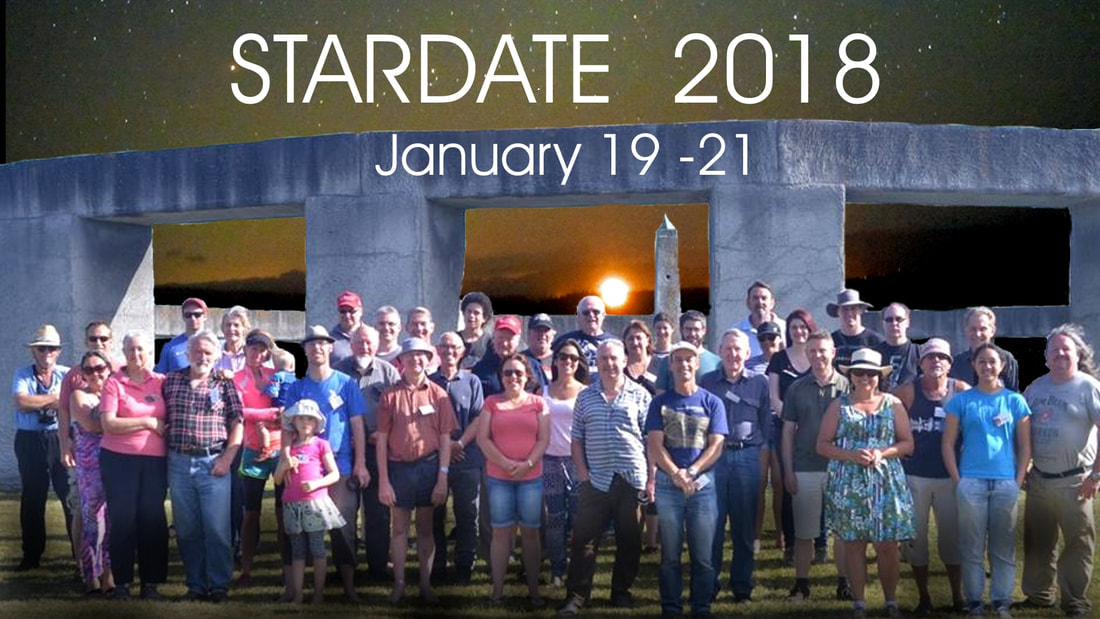
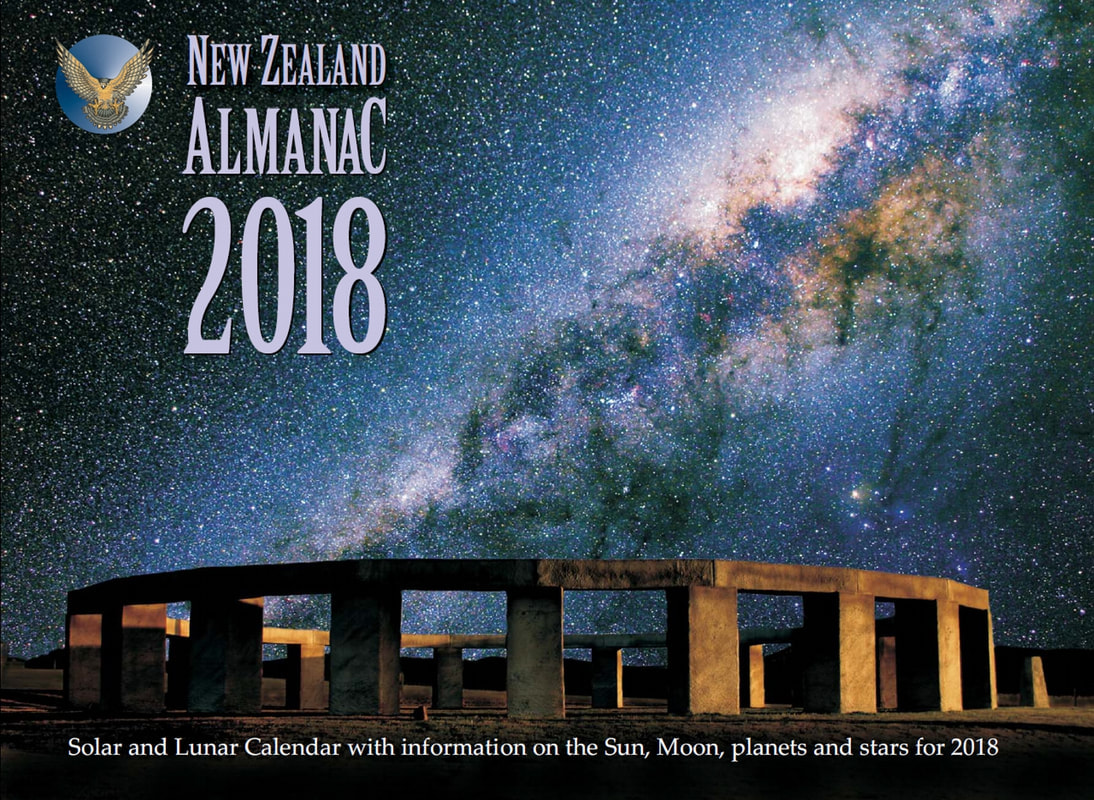
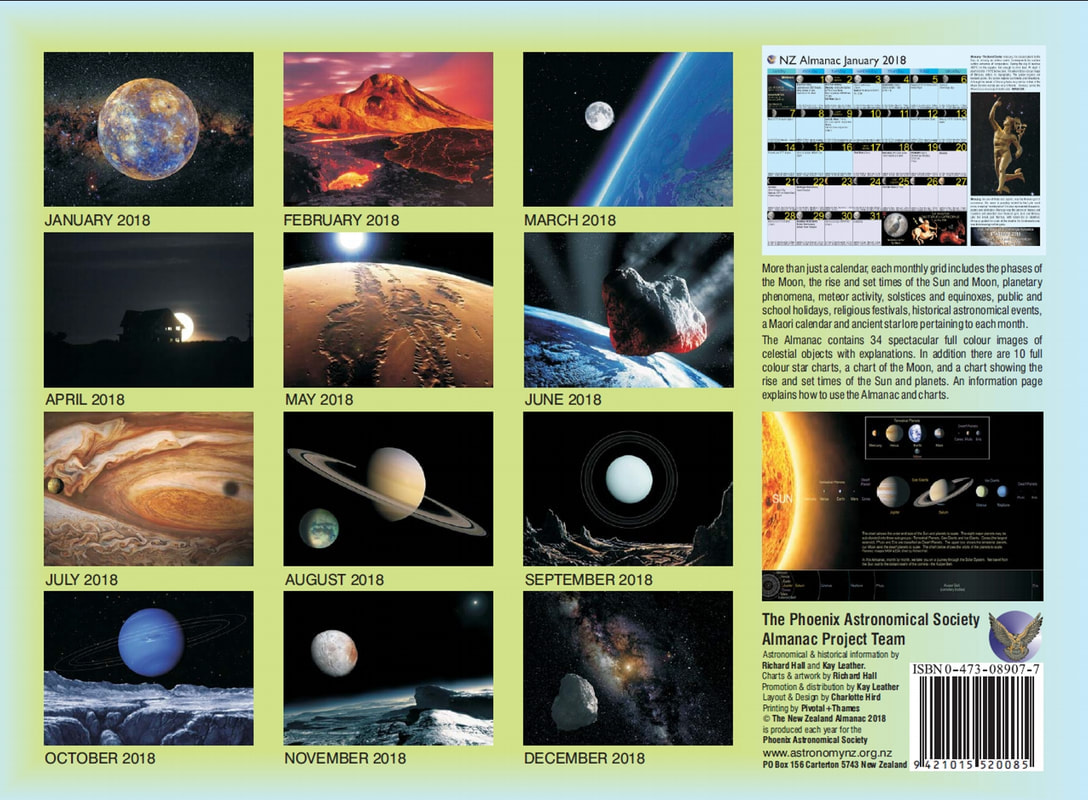
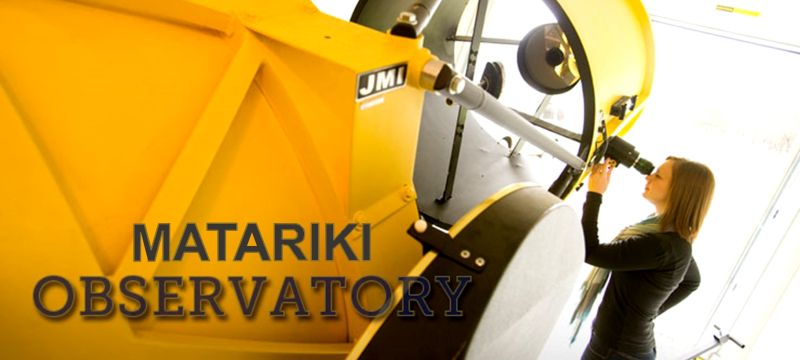
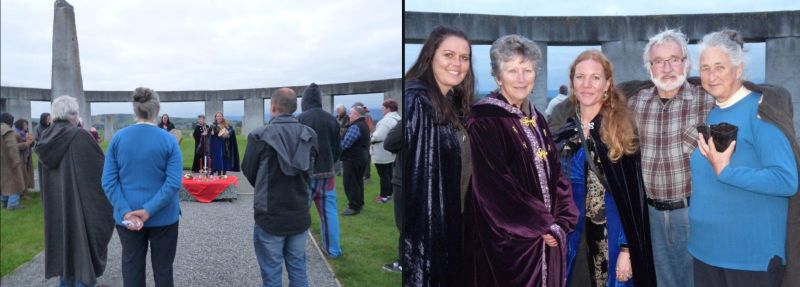
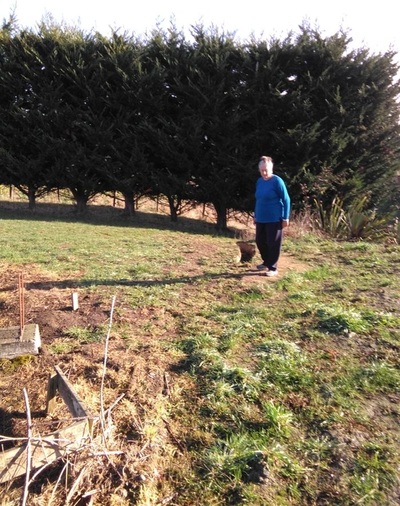
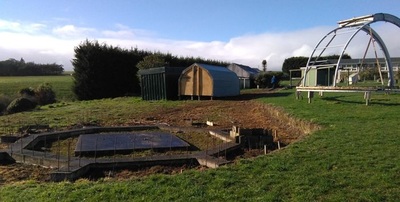
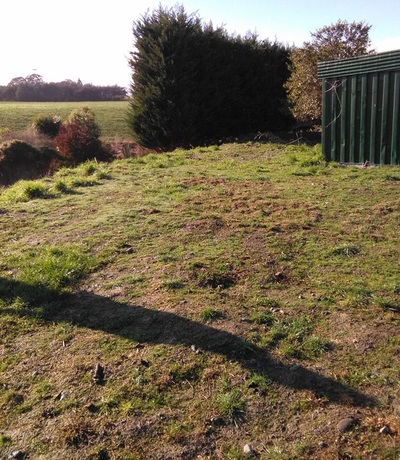
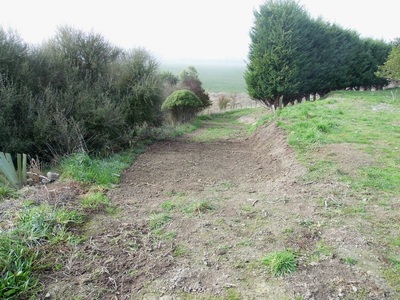
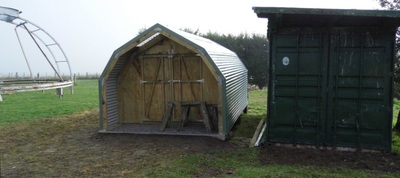
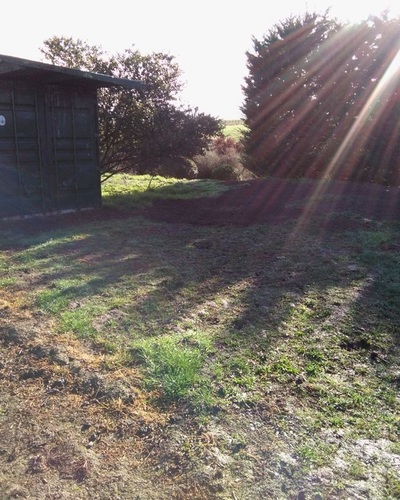
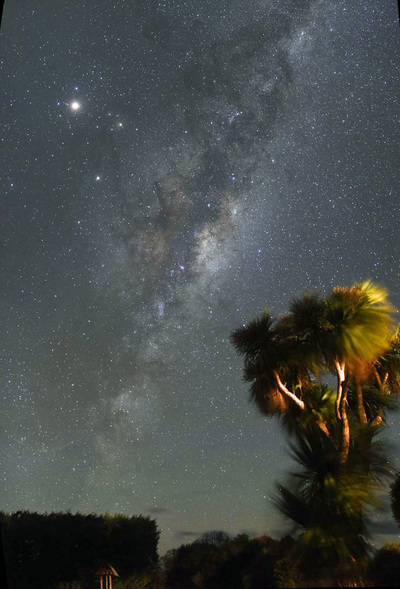
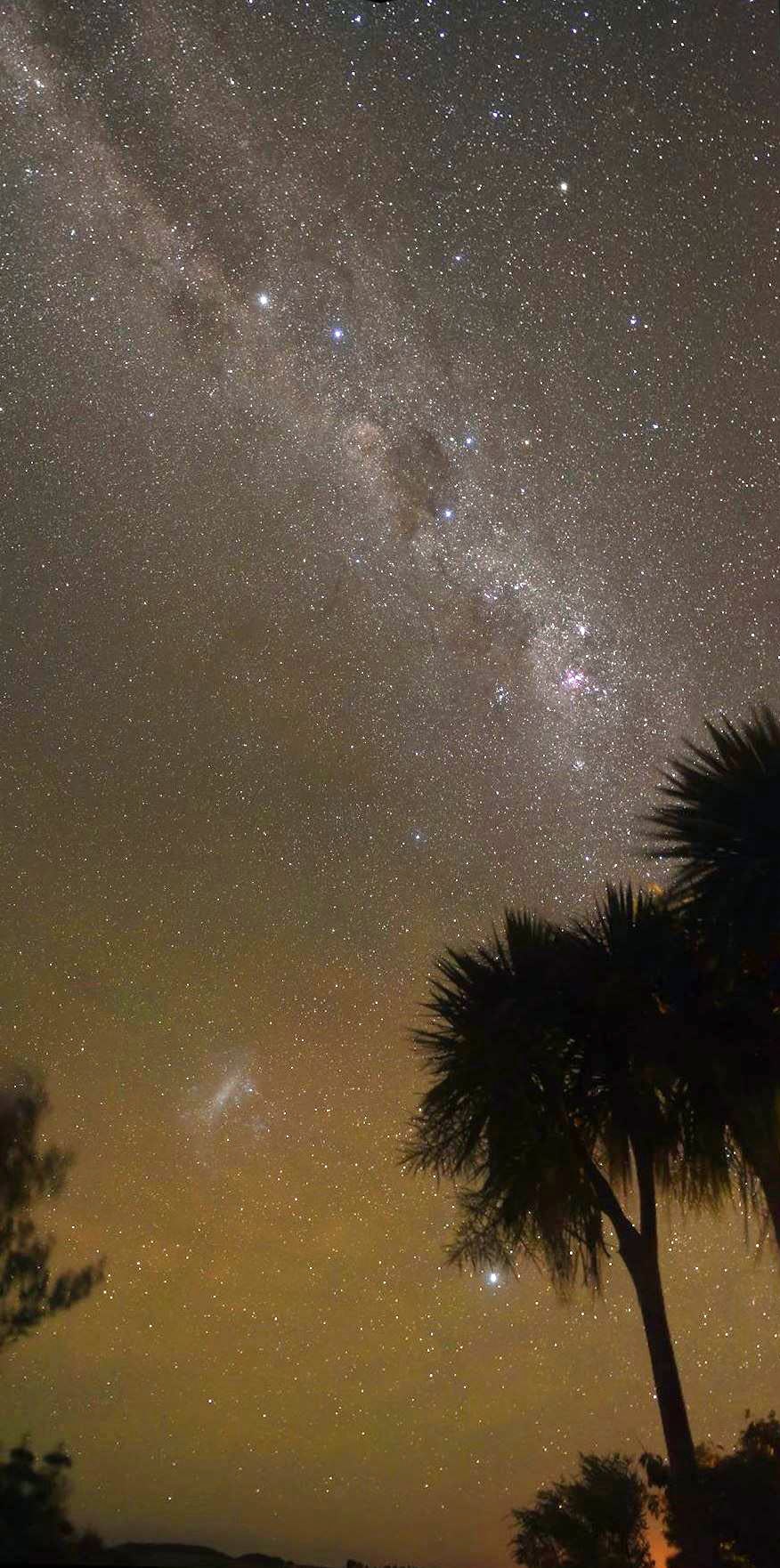
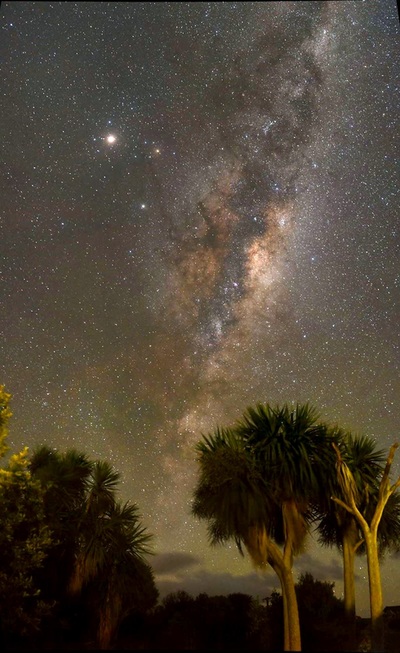
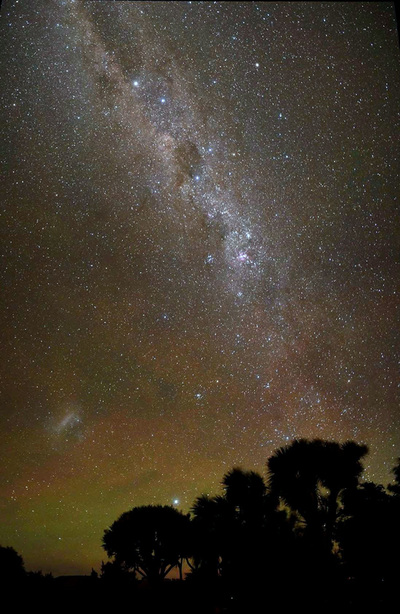
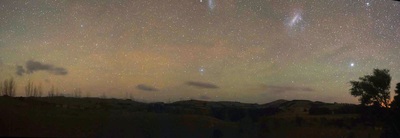
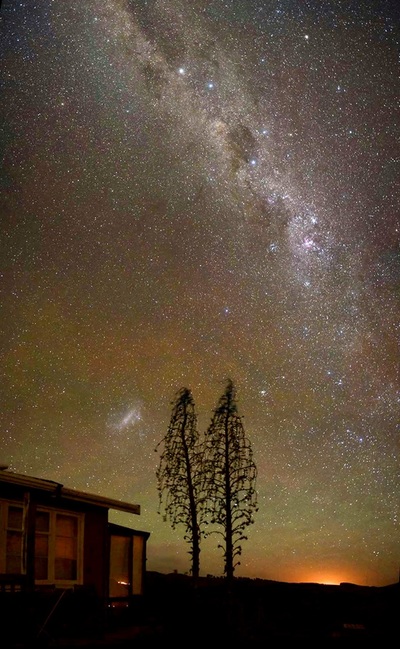
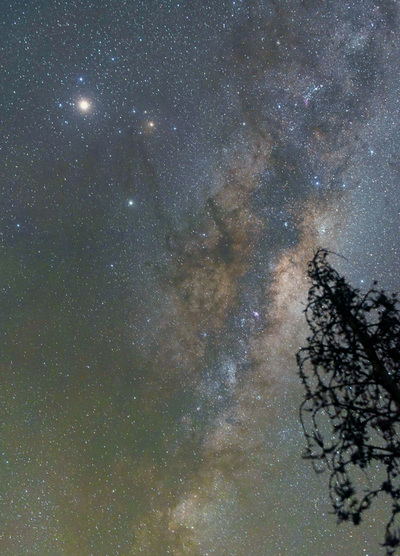
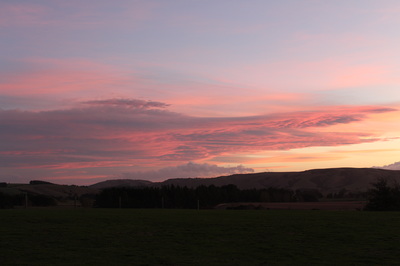
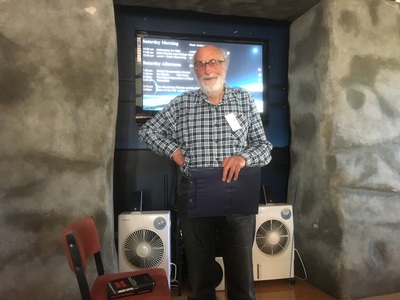
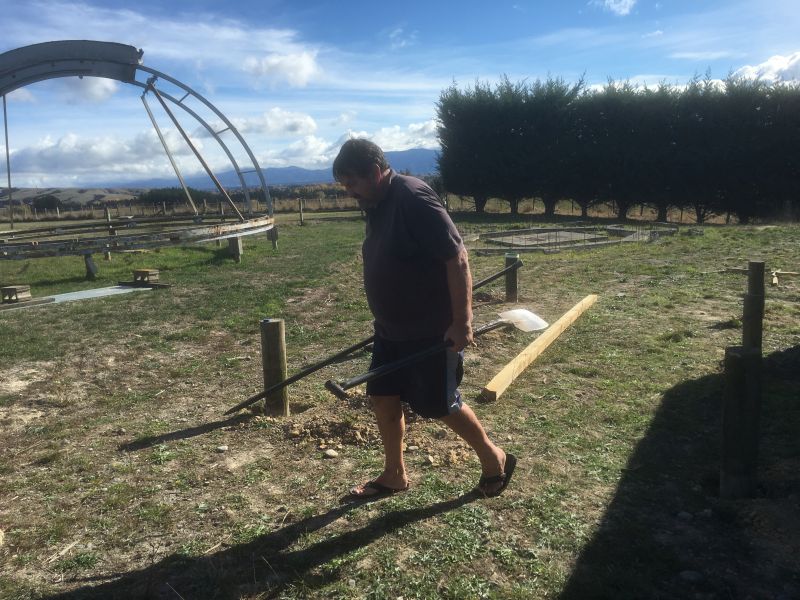
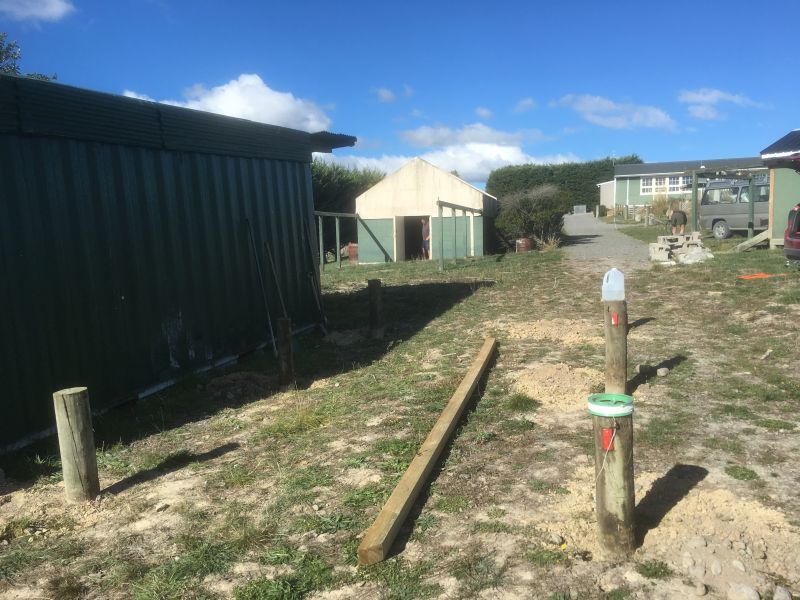
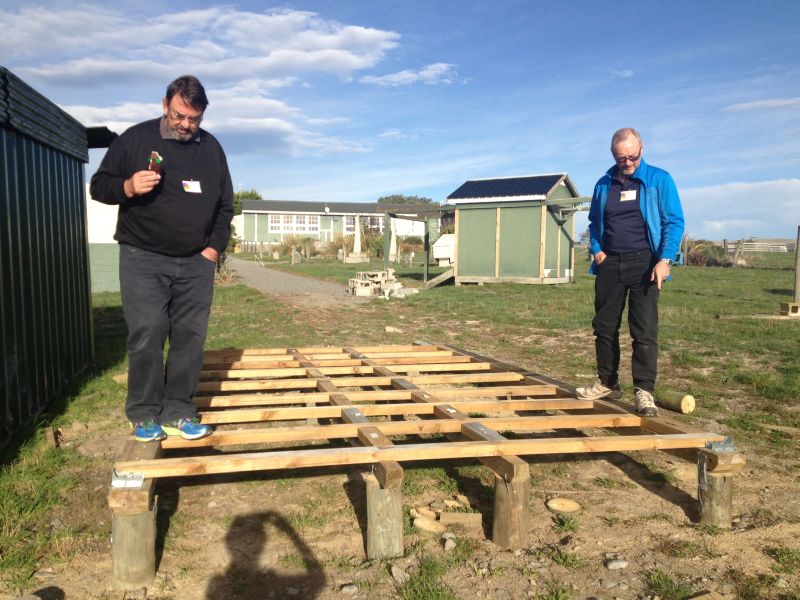
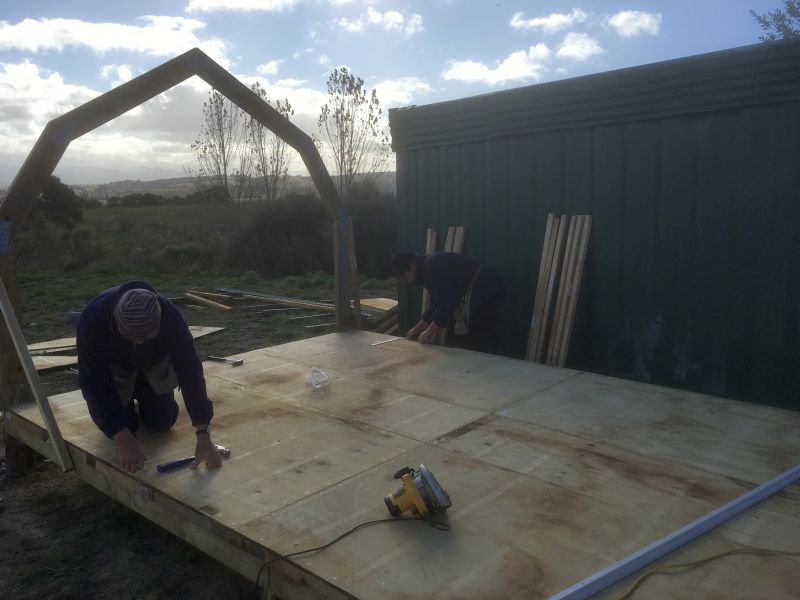
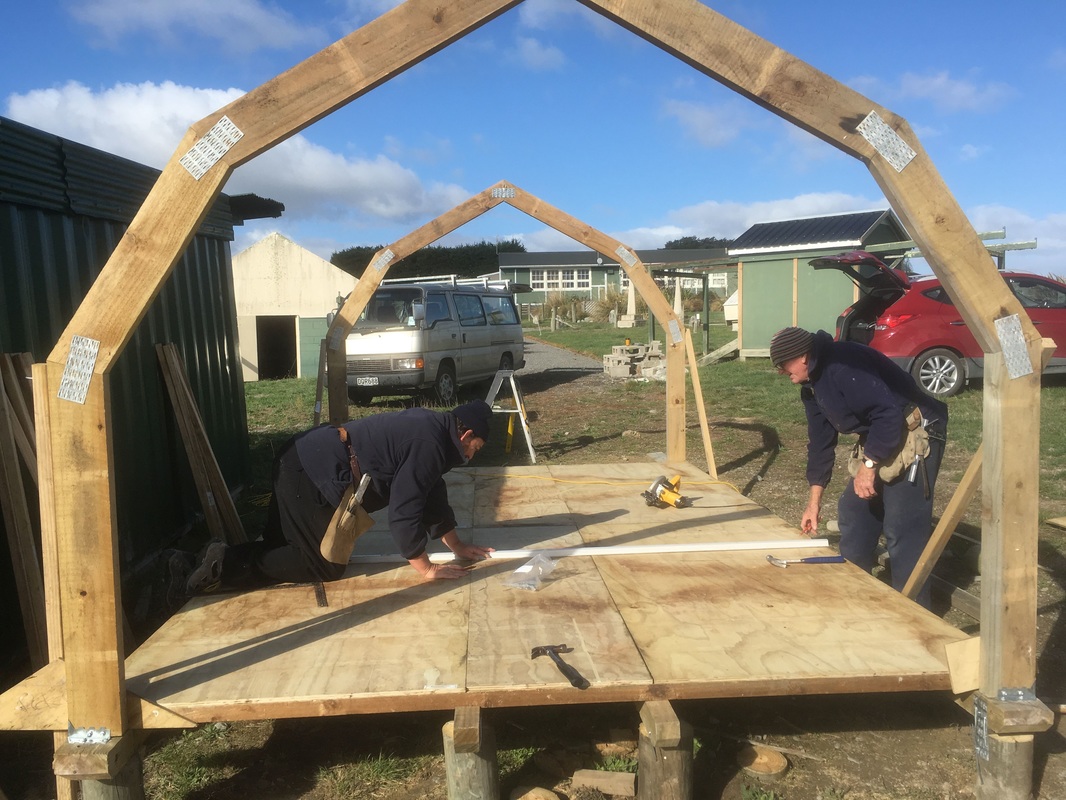
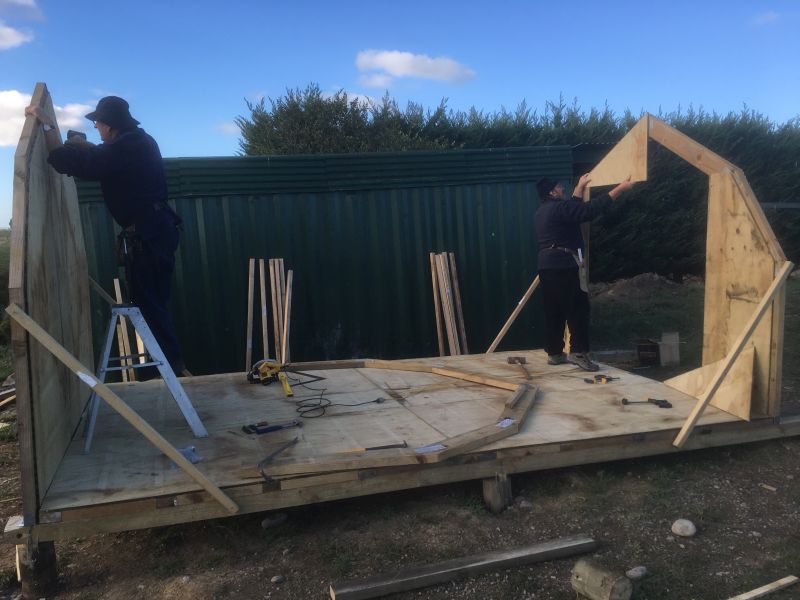
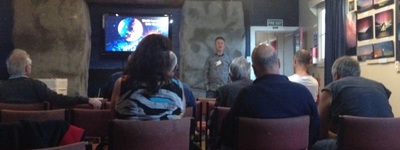
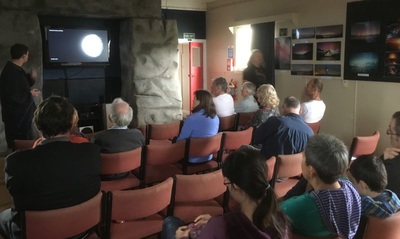
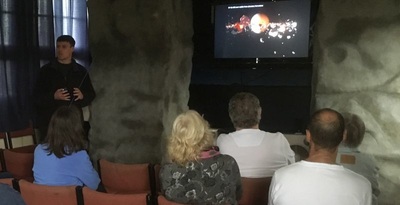
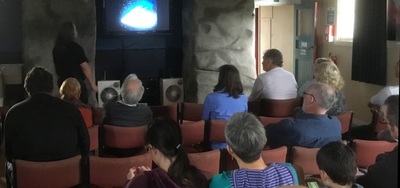
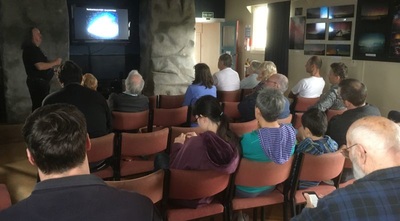
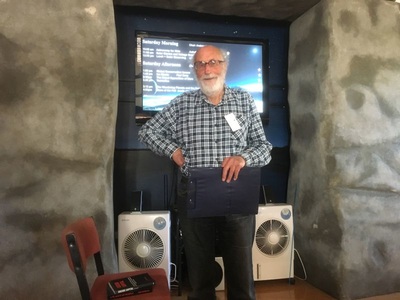
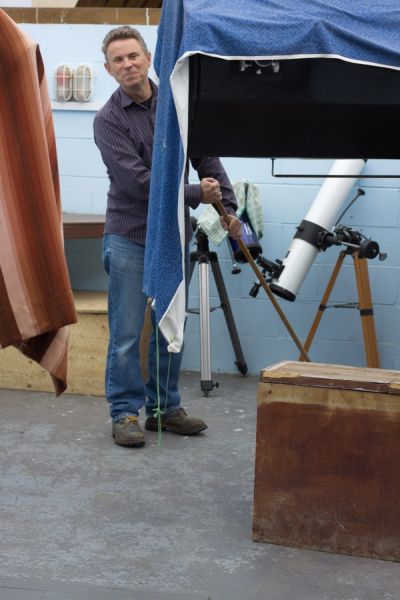
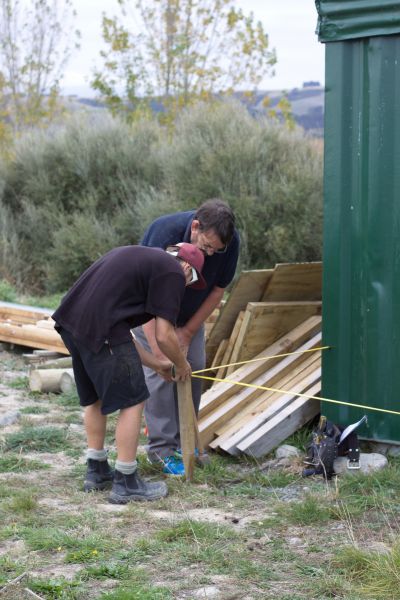
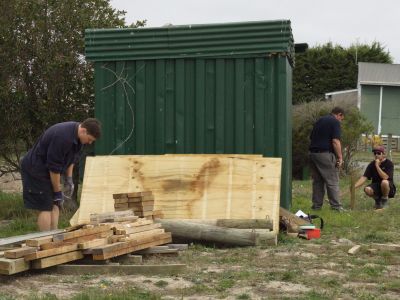
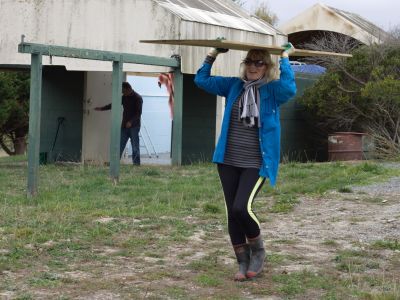
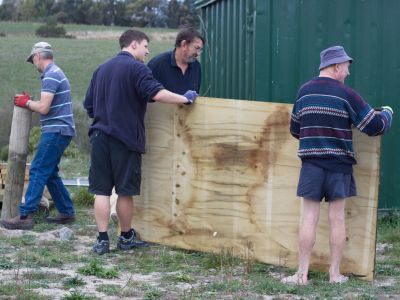
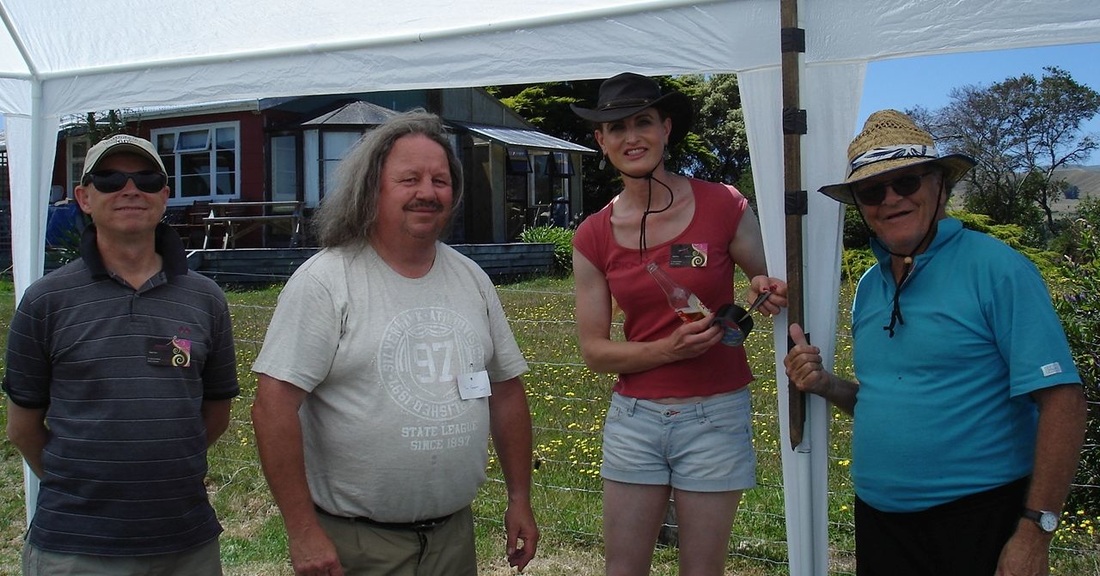
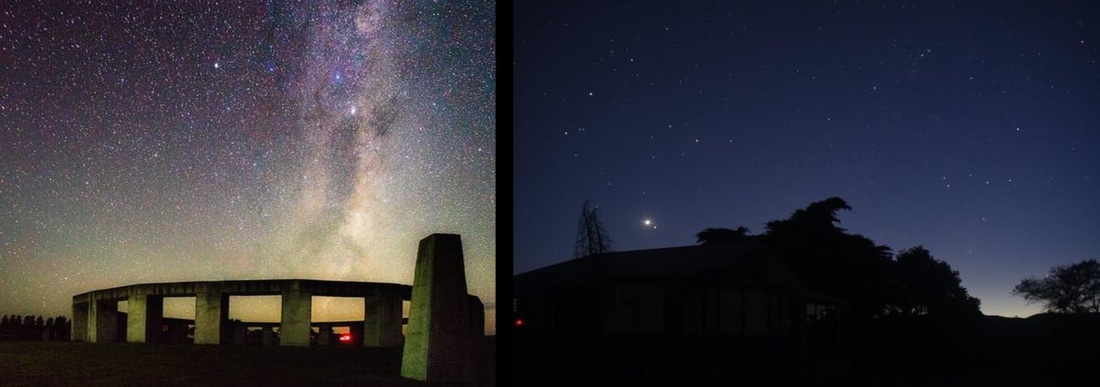




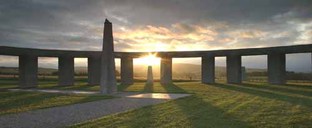
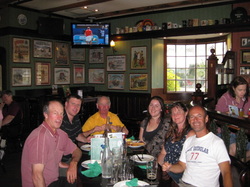
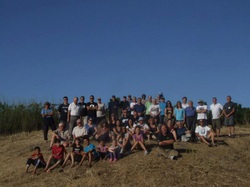
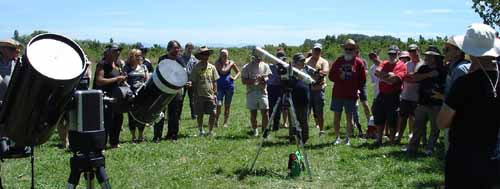
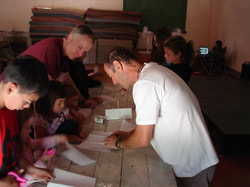
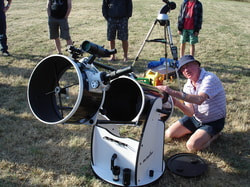
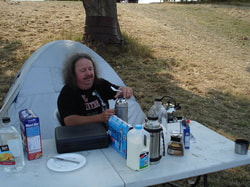

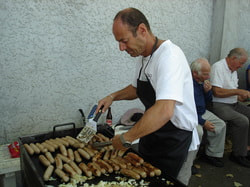

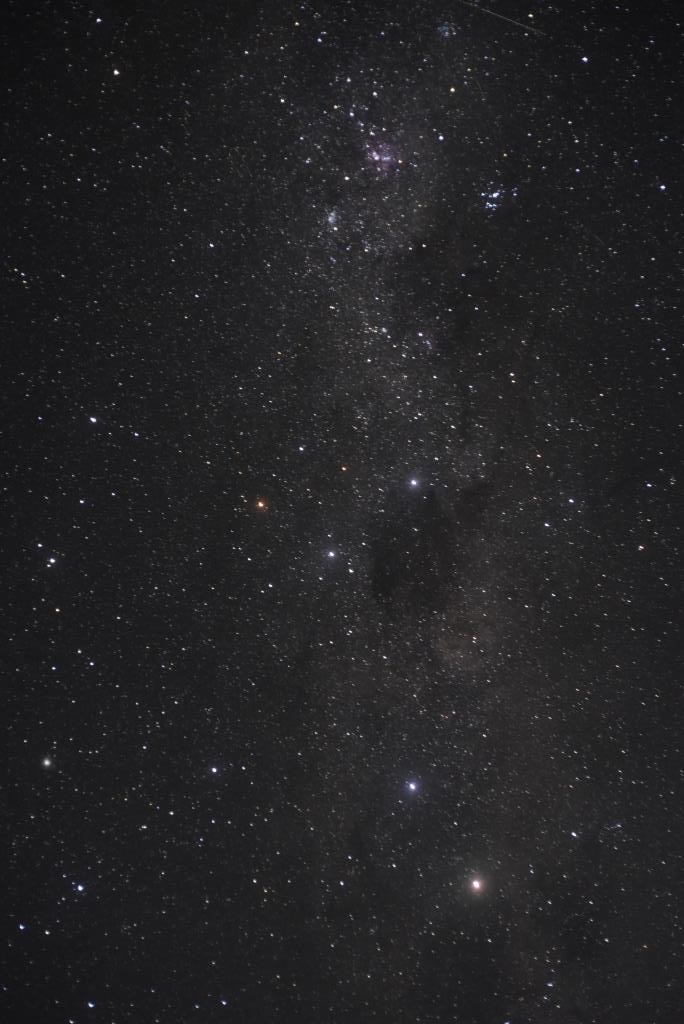
 RSS Feed
RSS Feed